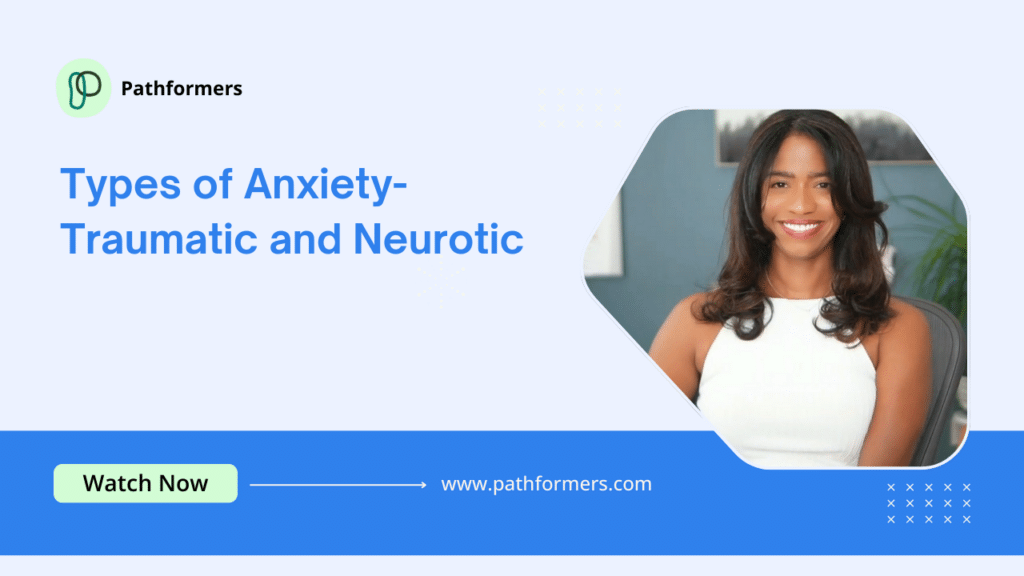This module offers an in-depth exploration of two primary forms of anxiety: traumatic (automatic) anxiety and neurotic (signal) anxiety, based on the foundational work of Sigmund Freud and psychoanalytic studies. By understanding the differences between anxiety triggered by real-life overwhelming situations and the anxiety that arises from anticipating past trauma, you can better recognize and address the sources of distress in your child. With real-world examples and practical insights, this module helps parents and caregivers identify these distinct types of anxiety and respond to them effectively.
Types of Anxiety: Traumatic and Neurotic
Common Pain Points
Lorem ipsum dolor sit amet, consectetur adipiscing elit, sed do eiusmod tempor incididunt.
Struggling to Recognize Traumatic Anxiety in Children
Many parents find it difficult to differentiate between their child’s immediate reaction to overwhelming, real-world stressors and other forms of anxiety. When children experience traumatic anxiety, their defense systems become overloaded, leaving them trapped in fear and unable to respond effectively.
Overcoming Anticipatory Anxiety in Day-to-Day Situations
Neurotic anxiety, or the fear of re-experiencing past trauma, can prevent children from fully engaging in new situations. Parents often see their children withdrawing from opportunities out of fear, even when the threat is no longer present.
Managing Emotional Shutdowns When Defenses Fail
When defense mechanisms don’t work, children may freeze or shut down emotionally, leaving parents unsure how to help. This shutdown can manifest as avoidance, refusal to communicate, or sudden changes in behavior.
A word from our Families
Module Benefits
Lorem ipsum dolor sit amet, consectetur adipiscing elit, sed do eiusmod tempor incididunt.
Clear Understanding of the Two Types of Anxiety
This module breaks down the distinction between traumatic and neurotic anxiety, helping you understand how real-life stressors and the anticipation of past trauma manifest differently in your child’s behavior.
Tools for Addressing Traumatic Anxiety
Learn how to recognize and respond to traumatic anxiety when your child’s defense systems are overwhelmed by real-world events. This knowledge will equip you with strategies to help your child process their fear and regain a sense of control in distressing situations.
Strategies for Managing Neurotic Anxiety and Building Trust
Discover practical methods to help your child confront neurotic anxiety, allowing them to engage in new experiences without being held back by past traumas. By fostering open communication, you can guide your child towards healthier emotional responses and build trust that their fears won’t always be realized.
Help Steer Your Child’s Development
Subscribe to our newsletter for exclusive video updates, expert parenting strategies, and the latest insights in child development and mental health.




